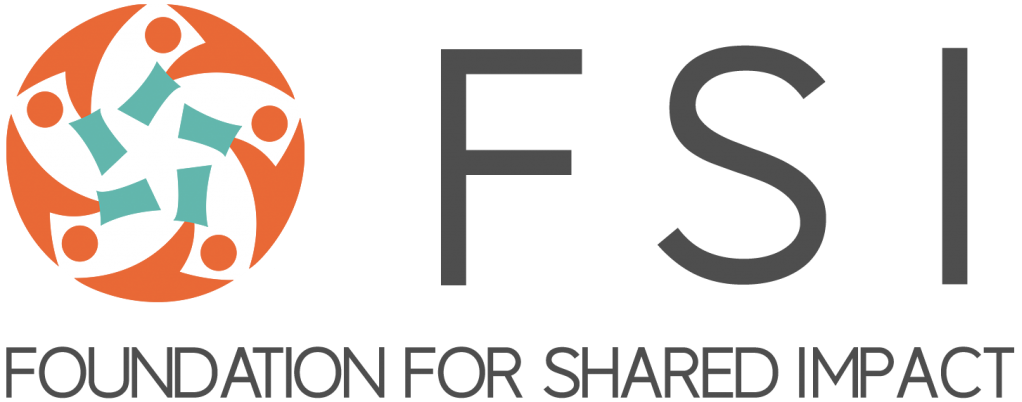Table of Contents
Introduction
As an entrepreneur, you should be ready to pitch your business idea and your vision to potential investors, funders, judges of competitions and/or acceleration programs, etc. A powerful and effective pitch can bring you new business opportunities, funding, and partnerships! Read this guide to prepare the different types of pitches and use the templates you can easily tweak and customise.
Three types of pitches
Typically, based on the circumstances and presentation time available, you should be ready to pitch your business in three types:
- Elevator Pitch
- One minute pitch
- Presentation with a pitch deck for investors or fundraising opportunities
Let us walk you through step by step to describe what they are, what content should be covered, and what format and templates you can use.
1. Elevator Pitch
An elevator pitch is a super concise 1 sentence pitch that you can use as an introduction to people you meet at events, conferences, or by email. Your goal is to pick someone’s curiosity and attention.
- Content: what you’re doing, who you’re serving, and why your work matters.
- Format:“My company, [NAME OF THE COMPANY], is developing (or creating) [YOUR DEFINED OFFERING] to help [YOUR DEFINED AUDIENCE/ CUSTOMER] to [SOLVE A PROBLEM] with [YOUR SECRET SAUCE].”
💡 Example: My company, Weava, is developing an all-in-one online research tool to help students and researchers save time with Weava highlighter available as a browser extension and mobile application.
2. One-minute Pitch
The one-minute pitch can be used when you have a better time buffer than an elevator pitch, for example during a conference call or a competition.
- Content: Everything you discussed in your elevator pitch, plus your business’s market and the market’s value, your competitor analysis, the status of your business, and finally the ask (objective of the pitch).
- Format:“My company, [NAME OF THE COMPANY], is developing (or creating) [YOUR DEFINED OFFERING] to help [YOUR DEFINED AUDIENCE/ CUSTOMER] to [SOLVE A PROBLEM] with [YOUR SECRET SAUCE].
We compete in the growing [YOUR DEFINED MARKET] market, which last year was a [DEFINED VALUE] value market. We are similar to [YOUR COMPETITORS], but we [YOUR DIFFERENTIATOR/ COMPETITIVE ADVANTAGE]. Currently, we have [CURRENT STATE OF PRODUCT, TEAM OR COMPANY]. We are looking for [THE ASK] to help us [WHAT YOU WOULD DO WITH THE ASK].
💡 Example: My company, Weava, is developing an all-in-one online research tool to help students and researchers save time with Weava highlighter available as a browser extension and mobile application. We compete in the global education software market, which was valued at 3.2 billion USD in 2019 with CAGR of 11% globally. We look to Endnote, Mendeley or Diigo, but Weava offers the most comprehensive features for research from the information collection stage to processing and organizing, to sharing, citing, and exporting. Currently, we have more than 750,000 active installations of Weava at Google Chrome and about 2 million highlights generated every week by our global users. We are now running on B2C freemium model. We are looking for an equity investment of [X USD] to help us actively market into the United States and establish B2B strategy.
3. Presentation with a Deck
A good pitch deck is required for presentations seeking investments or funding.
- Content: Your pitch deck should include your company’s purpose, the problem you’re trying to solve, your solution (product), and why now? (for investments), competitor analysis, market analysis and valuation, your business model, team, traction, financials, and your ask.
- Format: prepare a deck with no more than 20 slides that concisely present your business
- Examples: refer to pitch decks from big startups such as Airbnb, Uber, and Coinbase here for your reference.
Guide to building a pitch deck – Dropbox
Templates to start building your pitch deck right away
- Pre-seed stage: when you may be considered pre-product (or maybe the minimally viable product, a prototype) but you have identified a clear market opportunity. You may be hiring soon and incurring expenses.
- Seed stage: when you have a clear product that is fit for your targeted market. You may have some revenue to show, and a team who’s on board with you.
Additional Readings:
- Founder Institute – How to Pitch Your Startup
- Pitch deck references (publicly available) – https://www.docsend.com/blog/pitch-deck-examples/
